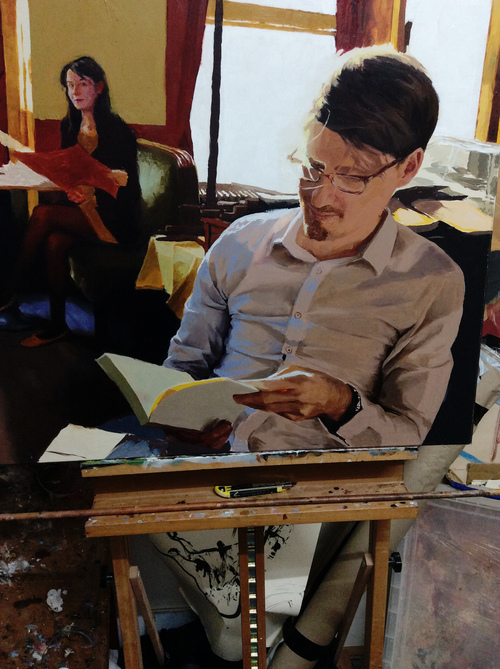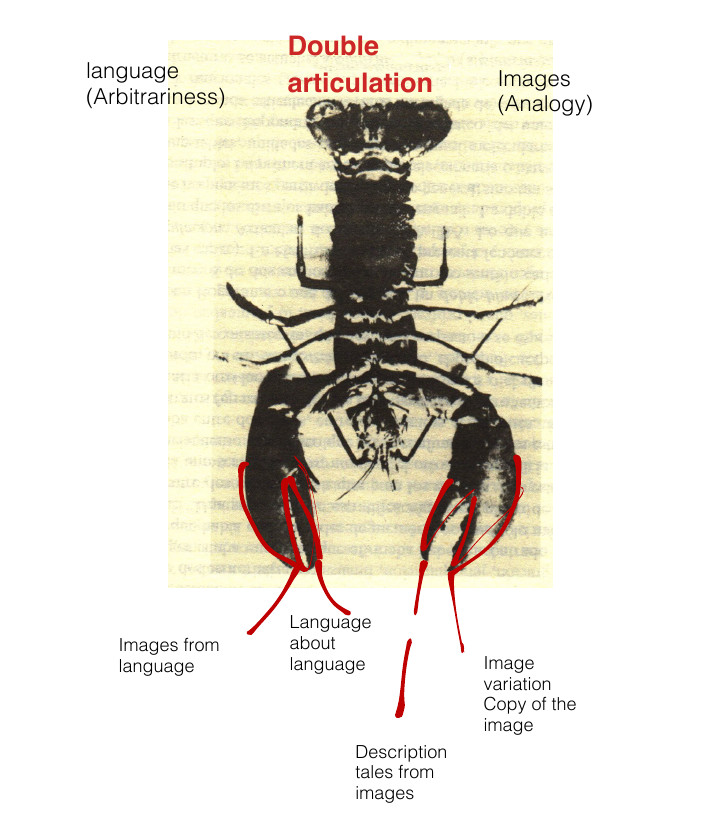
Abel Garces Säger
Abel Garces Säger is a visual artist and doctor in Art theory, that combines his theoretical work with a contemporary Art practice. His productions range from intervention to more traditional forms of expression like photography, drawing and painting. He lives and works in the city of Vienna, Austria.
Intervention
The consequence of thinking about the space as a praxis, a space which has to be wandered in order to be itself is that the simplistic conception of space as a geometric quality appears in all of his superficiality.This theoretical conjuncture was the cradle of a new type of artwork that today has become one of the most powerful weapons that the contemporary artist has at his disposal, the intervention. The space became a social construction where ideologies and power fight to impose their logic, the place became a political arena that the arts couldn't avoid.
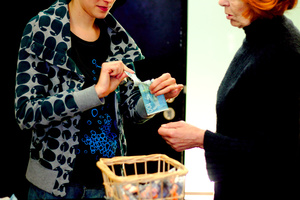
After the five year research that he conducted about system theory and public interventions and which culminated in his doctoral thesis, Abel Garces begun to tackle the problem that system theory has had from its conception and the application of it, the one that not even Niklas Luhmann could resolve. The obvious apoliticisation of social processes that this approach has as a consequence.
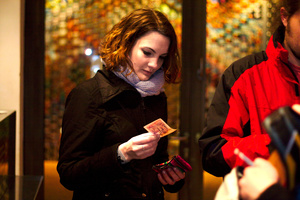
Departing from this problem, from this limitation discovered through years of research, Abel began to produce his new interventions not only playing with social relations as Nicolas Bourriaud would say, but using the concept of infrastructure as the pivotal point of his creativity. He begun to work around the idea of possibility in order to be able to engage in one of the driving forces of politics, dissent. This resulted in an hybrid approach that intends to reconcile the formal approach of system theory with a more political point of view as the one developed by Giorgio Agamben.
Drawings
"Drawing and painting, are ultimately the contemplation of the eye on the act of observing. It is the mind observing at itself." Wrote Abel Garces in one of his articles, and it is on his drawings where it can be better observed this reflecting activity. As a way to reintroduce the form in itself or the observation in the observation, Abel Garces has been developing a system assisted with digital reproduction and meditation techniques. As the mathematician G Spencer Brown once said, "There can be no appearance that is not an awareness of appearance, and, of course, no awareness that is not an appearance of awareness", thus coupling together the idea of form and of consciousness or awareness.
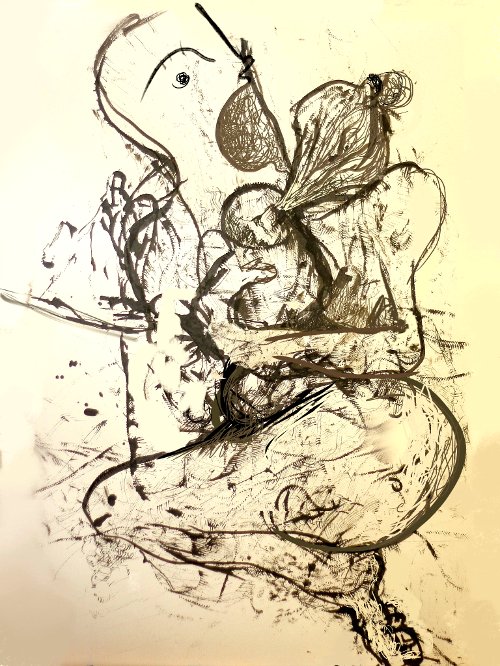
In this way ink drawings are used here as a practice of awareness in his most primitive way, and digital iteration as a way to construct formal meaning through structure.This could be considered or disregarded as a mere intimate or even solipsistic approach to art, but this idea would fail to address that by linking form to awareness as a concept, and not to the individual actualization of the conscience, it's practice inevitably arrives to a political activity. By being a meditation of the awareness which inevitably links human beings, drawing becomes a way of subtle political activism.
Painting
It is in this context of awareness practice that the pictorial work of Abel Garces Säger could be really understood. His flexible perspectives are always a mixture of three-dimensional structures with very flat geometrical forms. They are a kind of two and a halve dimensions, using the concept that David Jackendoff created to describe the internal representations that could be used internally by the brain in the visual cortex. Instead of using a full blown three-dimensional matrix to represent space, it is far more economical to use flat representations with only indications of the values the third dimensions are.
The paintings of Abel sometimes use this scientific ideas but not in rigorous terms, it seems to me that are used as metaphors to his own aesthetic discourse. Much in the way Pataphysics used science as a creative material. Furthermore, the colors of this paintings are more similar to the color of computer screens than to reality. And indeed in one interview to RNE3 he commented how "Today's painting subjects are always the digital ones. As in the dream of Boudrillard this hyper-reality has replaced our analog being. And making a portrait is today painting a screen, portraying the digital image that at the same time has alienated our right to privacy and our capability of imagination."
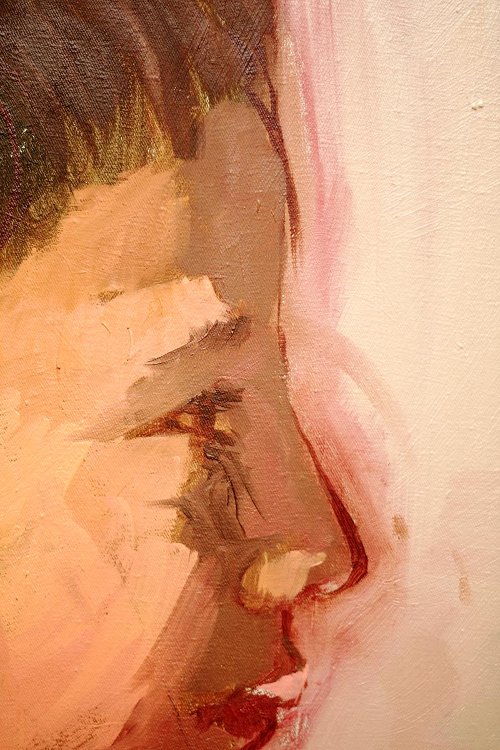
Another characteristic that you can often discover on his paintings are the swift mixture of digital manipulation and indeed very old traditional techniques. Oil over wooden plate with rabbit skin glue gessos are mixed with fish-eyed perspectives and even digital printing. This eclecticism that at the beginning did baffled me, could be understood by what he said in this interview. "What I find that traditional mediums give to me, is a much whole experience if we consider the activity of painting as an awareness exercise. You could call me crazy but it is the odours and textures of this ancient rites, that help me, much in the role the teapot plays in the Japanese tea ceremony."
Radio Fiction
Love for music and writing appears in the visual work of Garces as a surprise, or may be as in Giorgio Agamben, an antithesis of the vocation after which the real vocation appears. This pieces produced for Radio Orange tell stories with much more explicit political content, as in his interventions, but always observed through somehow dadaist distorted lenses. The spoken word here is considered as a component of music an as such, cut, modified and twisted to adjust itself as a sound experience. The plots do not follow a strict logic and sometimes, the listener has the sensation of inhabiting one of the strange metaphysical landscapes of Chirico's work.
Robert C. Gallath
